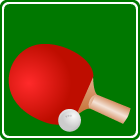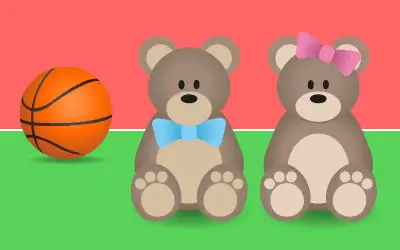


Click the answer boxes to hear the answer for each box. You must answer 5 questions correctly to complete the game
Game: MIX AND MATCH
Aim: Drag question blocks to answer boxes
Method:
Drag the question block over the right answer box to tidy up the play room. Points are added and taken away automatically.
Click the answer boxes to hear the answer for each box. You must answer 5 questions correctly to complete the game

anonymous 🤫🤭
"Order positive integers"
MIX AND MATCH game to practice
'Grouped frequency table: modal group, range' for 7th grade
7th grade / Statistics / Continuous data / Continuous grouped data / Grouped frequency table: modal group, range
Grouped frequency tables: modal group, largest range
Continuous data can be represented in a "Grouped frequency table" where each class (group) covers the data points within a certain range, and the classes together cover the entire range of the data.
The benefit of grouped frequency tables becomes clear when there are so many raw data points that discrete values would become difficult to process. A limitation of continuous data is that individual data points are lost so that exact calculations of the mode or range of the original discrete data points becomes impossible. Instead techniques have been developed to approximate these values for continuous data.
Instead of a mode (the most frequent individual value in a data set), we can find the "modal group" which is the class of data that has the highest frequency. So if we have a grouped frequency table with classes 1-20, 21-40 and 41-60 that have frequencies of 12, 7 and 5 respectively, then the modal group is 1-20 because it has the highest frequency of 12.
Instead of an absolute value for the range of a data set, we can find the "largest range". This is the difference between the largest possible value in the biggest class and the smallest value in the smallest class. So if our grouped frequency table has classes 21-40, 41-60 and 61-80, then the largest range is 80 minus 21 which is 59.
In this topic you are asked to find either the modal group or the largest range for a series of grouped frequency tables. There are 8 question/answer pairs in the lessons, and an additional 8 question/answer pairs in all the games and tests.
With our Mix and match math game you will be practicing the topic "Grouped frequency table: modal group, range" from 7th grade / Statistics / Continuous data / Continuous data. The math in this game consists of 16 questions that ask you to identify the modal group or largest range for each grouped frequency table.
In this game we are in a room with lots of toys - and the room needs clearing up - you need to put the play blocks back in the right boxes to tidy the room and win the game...but which is the right box for each block? Well, you can work that out by comparing the question on the block with the math answer on each of the boxes - you should drag the question block into the box whose math answer matches the picture question.

You can listen to the spoken math answer by clicking on the individual boxes. There are 5 blocks to clear up - but if you put them in the wrong boxes, there will be more... Anyway, tidy is good and practicing math is better so start now and see how you get on...
This game reinforces the math you learned or revised in the lesson by asking you to match each question to the correct answer. If you are older you may not like the childish reference to toys, but don't worry - there are other games to play, and who knows - you might like a trip down memory lane?
UXO * Duck shoot * The frog flies * Pong * Cat and mouse * The beetle and the bee
Rock fall * Four in a row * Sow grow * Choose or lose * Mix and match





How to play Mix and match to practice
'Grouped frequency table: modal group, range' for 7th grade

There are 5 blocks that need putting away to tidy the play room. Drag (they are heavy...) the blocks to the correct boxes.
- Click on "PLAY" on the settings page to start the game
- You see the first question block and 3 boxes to put it into
- On each box is a possible math answer to the question
- Click on any answer box to hear the spoken audio for that answer
- Drag the question block to the answer box where it belongs
- If you are correct, the block will stay in the box, the ball will roll and the teddy bear will do a little jump
- If you are wrong, a wrong sound will play and the question block will jump back to where it was, and you can try again
- Clear all 5 question blocks to complete the game









